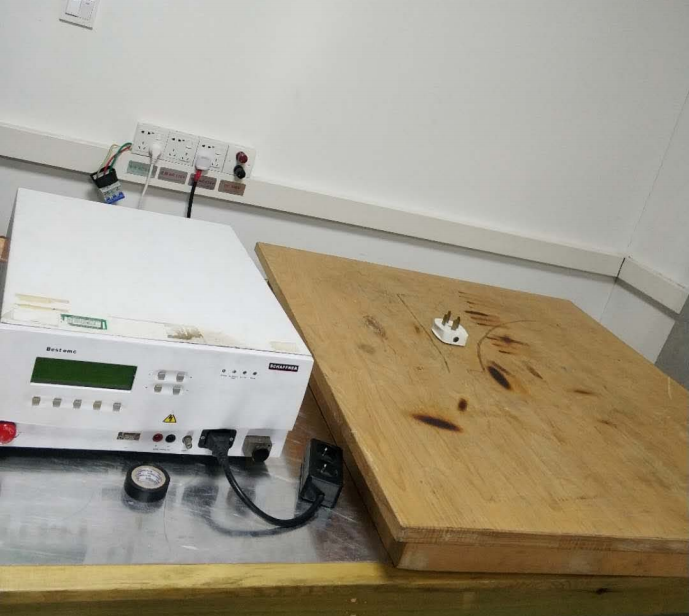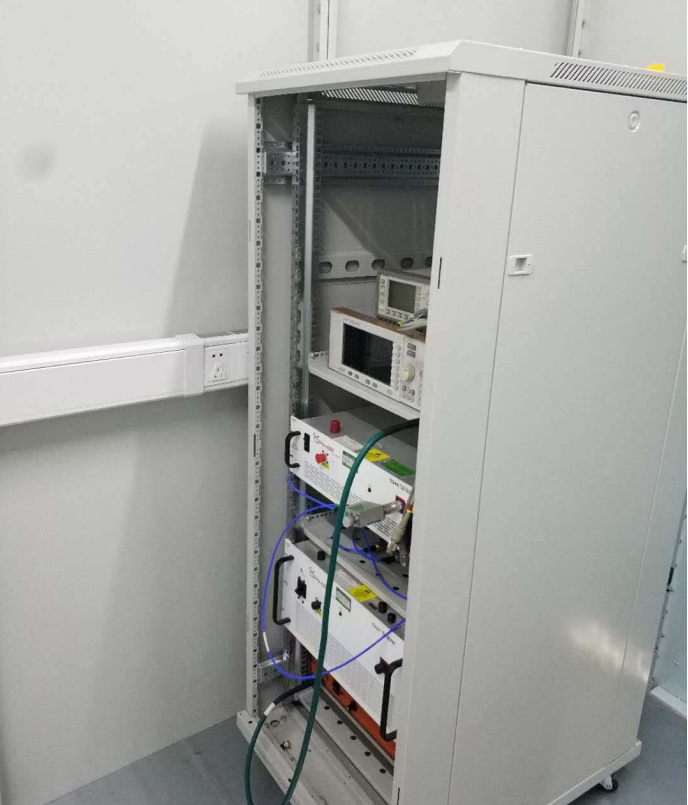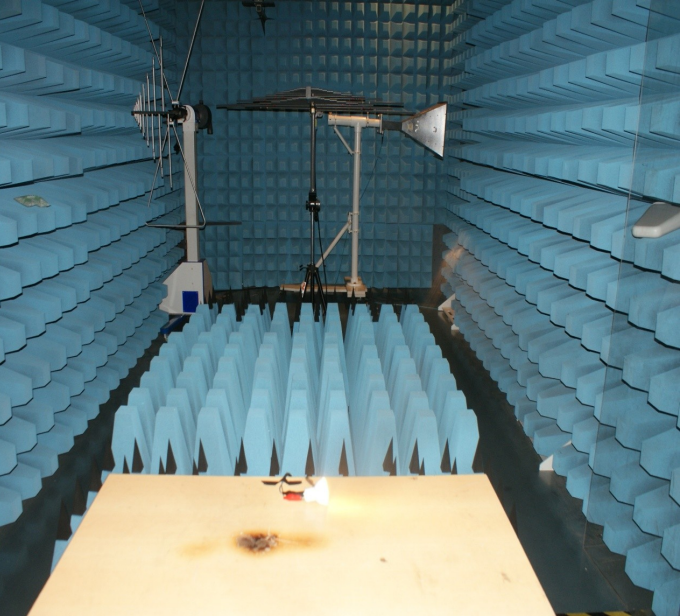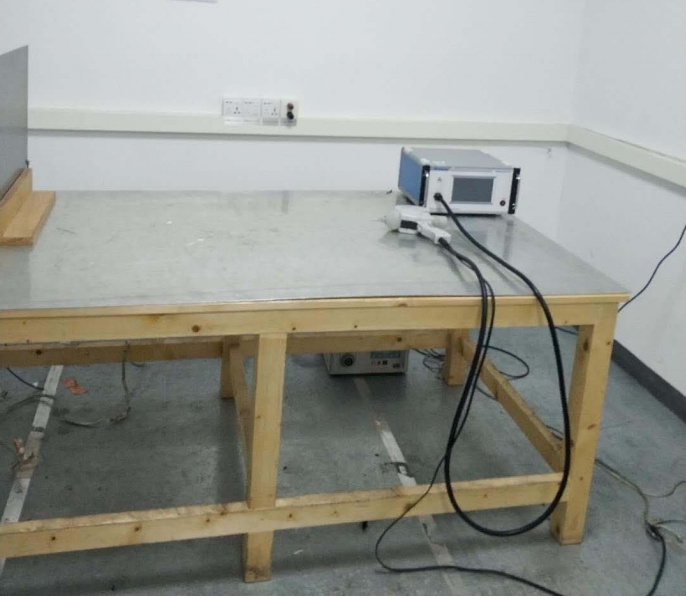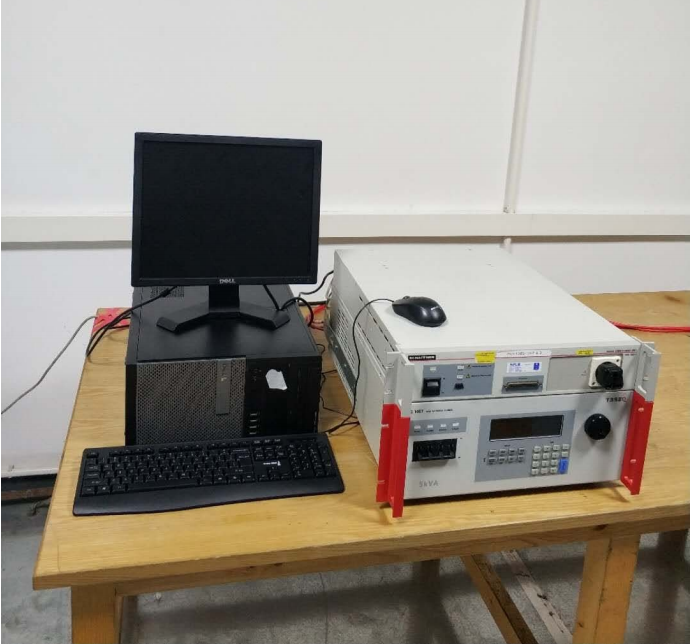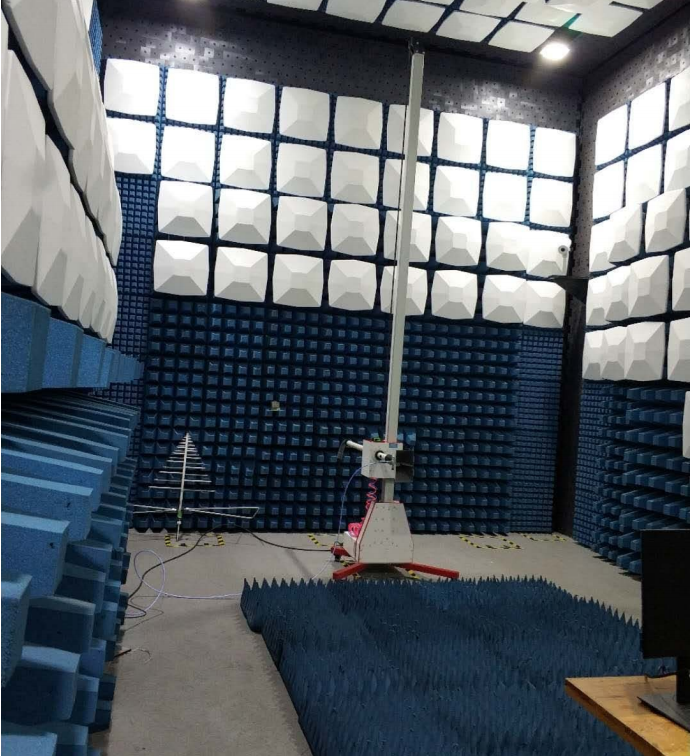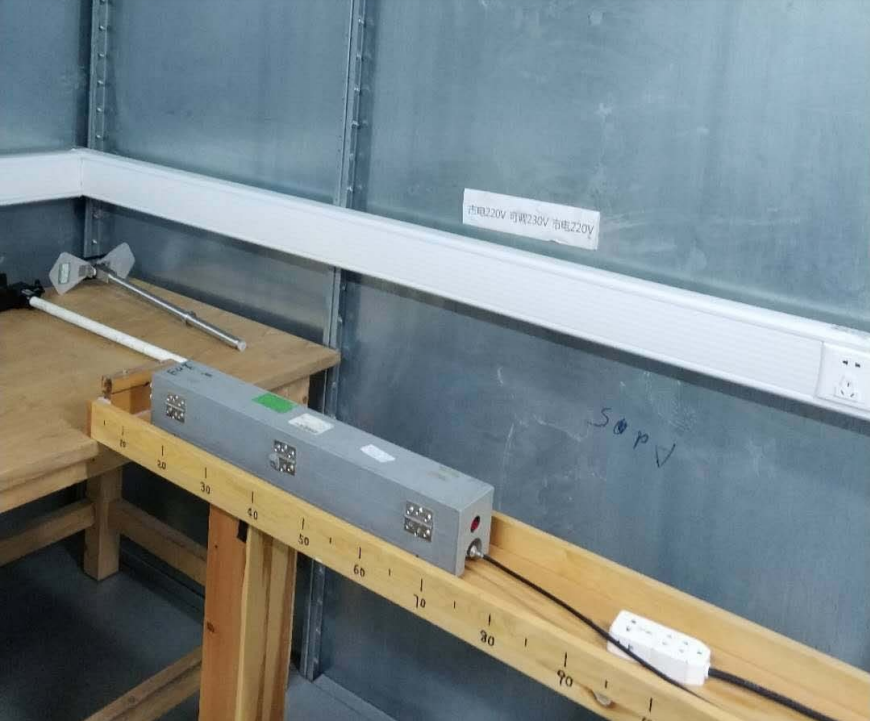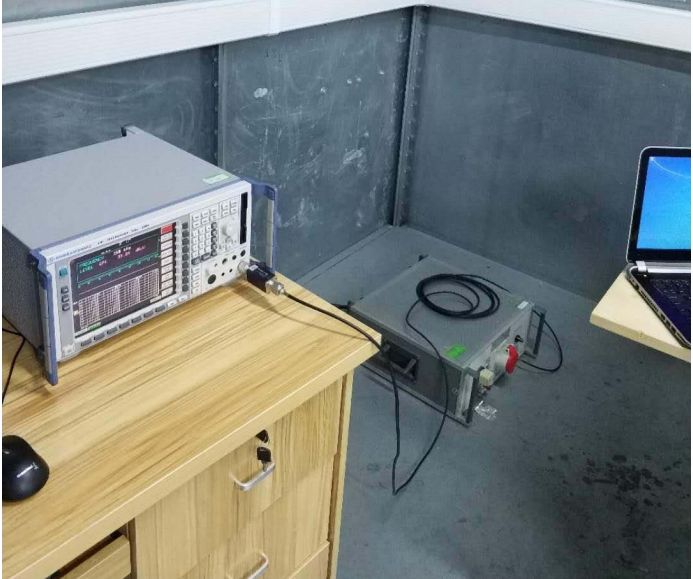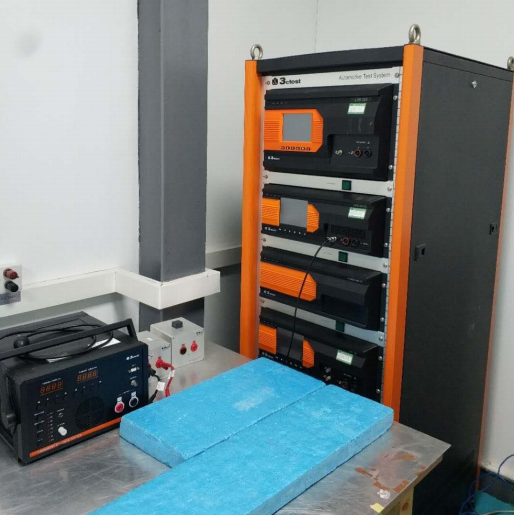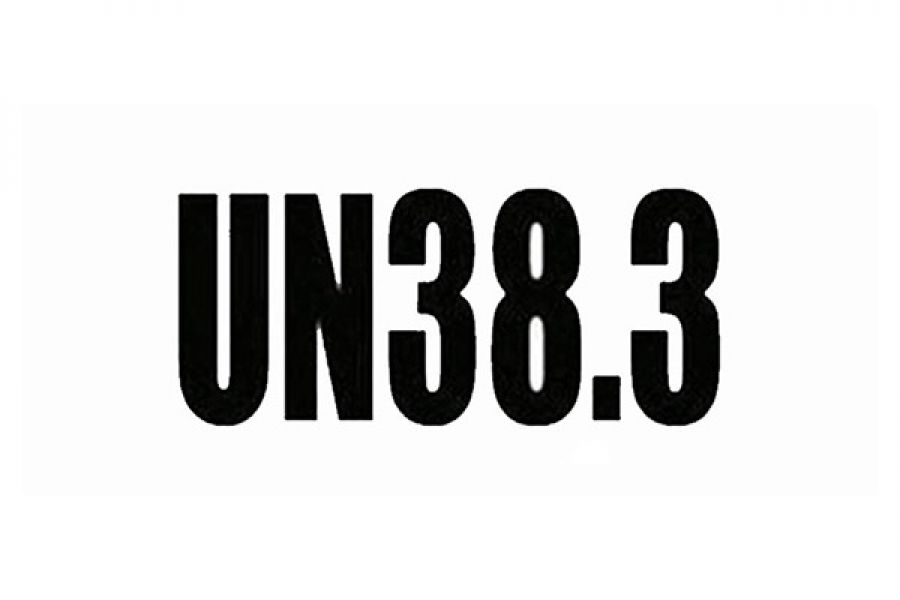- Transmit power Power spectral density Take up time Duty cycle Adaptive Channel spacing Occupying bandwidth Frequency stability Modulation bandwidth Emission spur In-band spurs Dynamic frequency selection Receive spurious Sensitivity Peak power to average power ratio Receive blocking and bit error rate Electromagnetic field
RF Wireless Testing
- Radiation (RE) 10m Radiation (RE) 3m Radiated Immunity (RS) Radiated spurious (RSE) Conduction (CE) Conducted Immunity (CS) Disturbance power (DP) Three loop antenna (3Loop) Lightning strike (SURGE) Static electricity (ESD) Electrical Fast Transient (EFT) Dips & Interruptions (DIP) Harmonic Flicker (H&F) Power frequency magnetic field (MS) Clicking sound (Click)
EMC Testing
Contact information
Free service hotline
Tel:188-2379-9985
Email:info@jtl-lab.org
Address:Area 2-1102D, Building T2, Haigu Science and Technology Building, Shiyan Street, Bao'an District, Shenzhen
Current category:International
Back to listCB
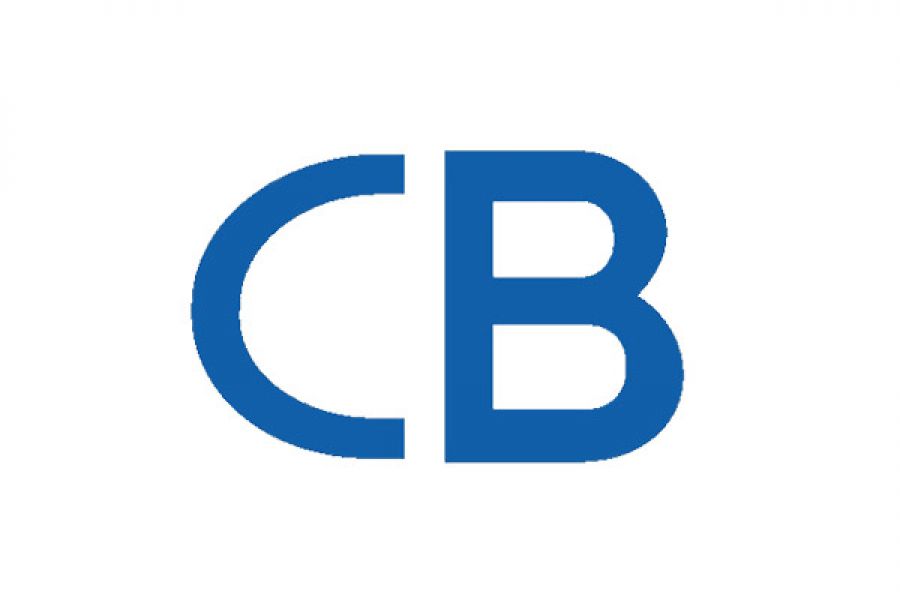
1. Introduction to CertificationThe IECEE-CB system is a system for the global mutual recognition of electrical product safety test results established by the International Electrotechnical Commission
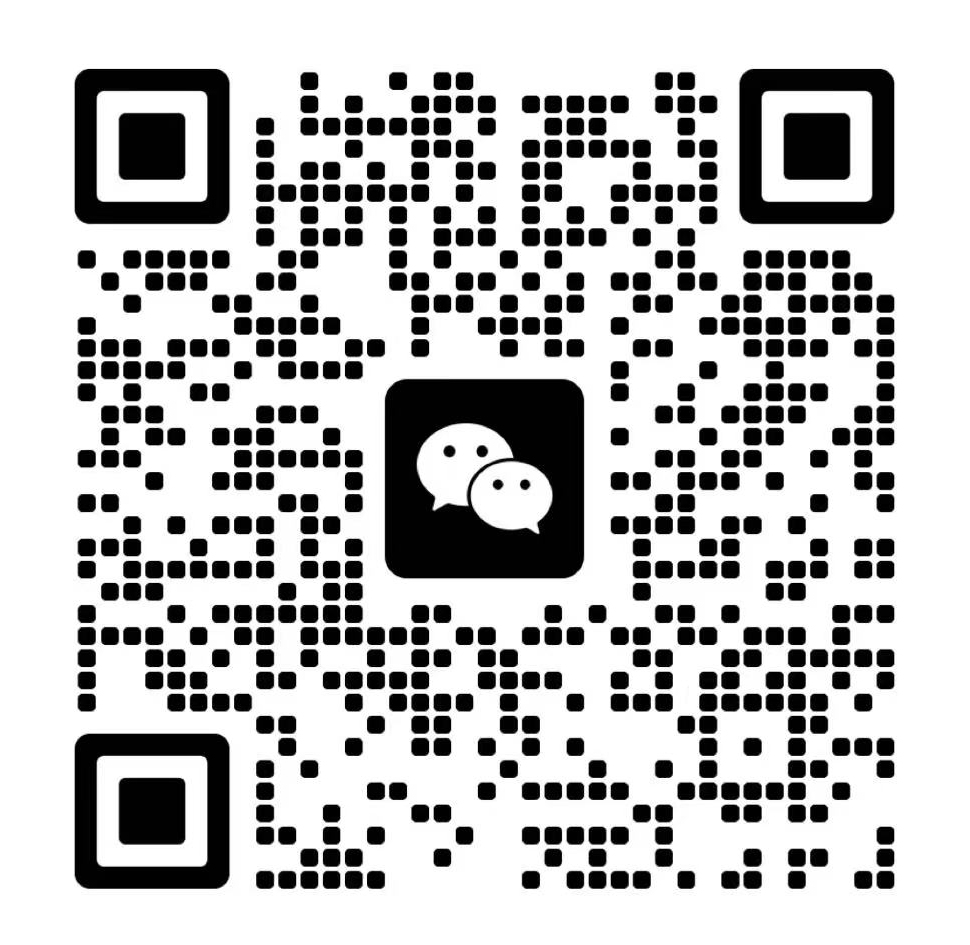
Add WeChat
CB Details
1. Introduction to Certification
The IECEE-CB system is a system for the global mutual recognition of electrical product safety test results established by the International Electrotechnical Commission (IEC) Electrical Product Qualification Testing and Certification Organization (IECEE). Barriers to international trade. Based on the IEC safety and electromagnetic compatibility (EMC) standards for relevant electronic and electrical equipment approved by IECEE, the CB system has realized the mutual recognition of the test results of 19 categories of electrical products including information electrical equipment, household appliances, and medical electrical equipment.
It is the foundation of the CB system to make the product safety test results of electrical and electronic equipment globally accepted. After successful completion of the test, a CB test certificate and corresponding CB test report will be issued to the product. Together, these two documents constitute a pass, with which manufacturers can apply for global certification from any national certification body in any country or region participating in the CB system, usually no additional testing is required.
2. Certification mark
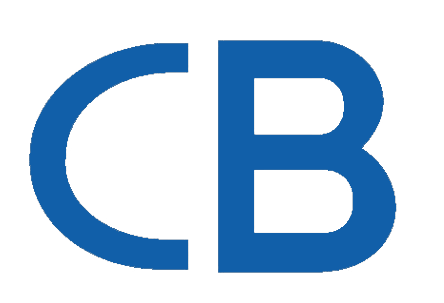
3. Product range
At present, the CB system covers electronic game devices, test equipment, power supply cables, capacitors and components, lighting, household appliances, protection devices, transformers, office and IT equipment, AV equipment, and medical equipment, etc., with a total of 180 types in 14 categories product.
4. Certification Standards
| product | Safety standard | |
| power supply | Information Technology ITE Power Supply |
IEC 60950-1 |
| Audio and video AV class power supply |
IEC 60065 |
|
| Lighting power supply |
IEC 61347-1 |
|
| Home appliance power supply |
IEC 60335-1 |
|
| Medical power supply |
IEC 60601-1 |
|
| Industrial power supply (electronic transformer) |
IEC 61558-1 |
|
| End products | Information technology ITE products |
IEC 60950-1 |
| Audio and video AV products |
IEC 60065 |
|
| Lighting products |
IEC 60598-1 |
|
| Home Appliances |
IEC 60335-1 |
|
| medical products |
IEC 60601-1 |
|
| Industrial (transformer) products |
IEC 61558-1 |
|
| Electric tools |
IEC 60745-1 |
|
| Battery | consumer battery |
IEC 62133 |
| Power battery |
IEC 62660-1 |
|
| electric car | Electric Bicycles and Personal Electric Vehicles |
IEC 15194 |
| product | Electromagnetic Compatibility Standards |
| Information technology ITE/audio and video AV products |
CISPR 32 |
| Lighting products |
CISPR 15 |
| Home Appliances |
CISPR 14.1 |
| industrial, scientific, medical products |
CISPR 11 |
| Batteries |
IEC 61000-6-1 |
5. Test items
Electric strength test, stability test, insulation resistance test, label durability test, power cord pull test, current limiting LCC test, impact test, temperature rise test, normal/abnormal test, etc. The specific test items are different from the actual sample and sample application The standard is based on the corresponding test of increase or decrease.
6. Required information
1. Application form
2. Circuit schematic diagram, PCB layout diagram
3. Nameplate
4. English manual
5. List of critical parts (CDF)
6. Trademark statement (if there is a trademark)
7. Transformer, inductor specifications
8. List of models (series)
9. Product photos
10. Compliance with standard safety test report
7. Certification process
1. Apply for Application
(1) Determine customer information;
(2) Fill in the CB application form;
(3) Provide specifications and other materials.
2. Quote Quotation, determine the test time and corresponding cost according to the information provided.
3. Payment Pay, after the applicant confirms the quotation, signs the filing application form and service agreement and pays the project fee.
4. Send a sample, and the customer sends a sample.
5. Test Test, the laboratory conducts CB certification test on the applied product according to the relevant testing standards.
6. Report Report, the test is passed, and the CB report is completed.
7. Issuing Certification, submit the report to the certification body (NCB), and issue a CB certificate after passing the audit.
8. Certification cycle and validity period
The CB certification period is 4-5 weeks
The validity period of CB certification is not clearly stipulated, but the accreditation NCB (National Certification Body) usually raises objections to CB certificates issued for more than three years.
9. Factory inspection
CB certification does not require factory inspection
10. Matters needing attention
1. Regarding the application of CB test certificate, the following points should be noted:
(1) The application for the CB test certificate can be submitted by the applicant to any "certification/recognition" NCB covering the scope of the product.
(2) The applicant can be either the manufacturer or an entity authorized to represent the manufacturer.
(3) The application may include one or more plants producing the product in one or more countries.
(4) Applicants/manufacturers/factories located in countries without IECEE member institutions need to pay an additional fee of 150 Swiss francs for each CB test certificate to compensate for the operating costs of the system. This fee is charged by the NCB that accepts the application for the CB test certificate and will be deposited into the account of IECEE.
(5) The applicant can request the NCB to test the product according to the national differences of the country where the product is sold.
2. Manufacturers to obtain product certification for the target market include the following procedures:
(1) Submit an application to the NCB of the target country;
(2) CB test certificate;
(3) CB test report (may include national differences);
(4) Provide product samples to the NCB in the target market when required.
The purpose of requesting samples is to confirm that the product is consistent with the product tested by the originally issuing NCB and that national differences have been covered.
3. National differences
National differences are the differences between a national standard or regulation and the corresponding international standard. The national differences of all countries joining the CB system are submitted to the IECEE Secretariat and published in the CB Bulletin.
|
International |
|
Lighting power supply |


